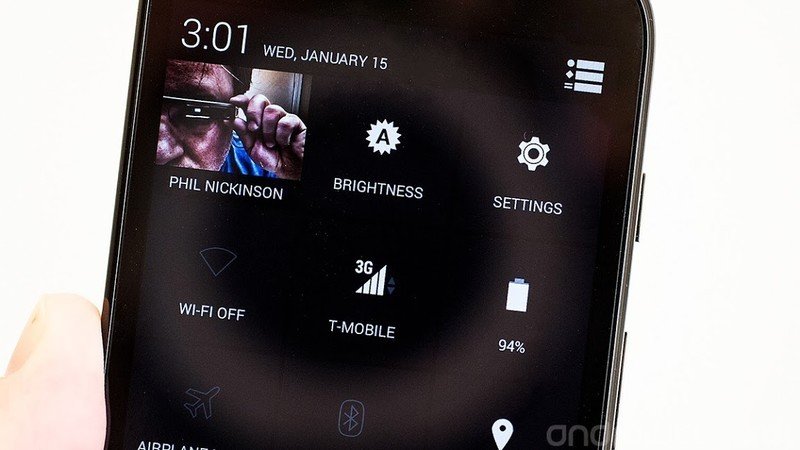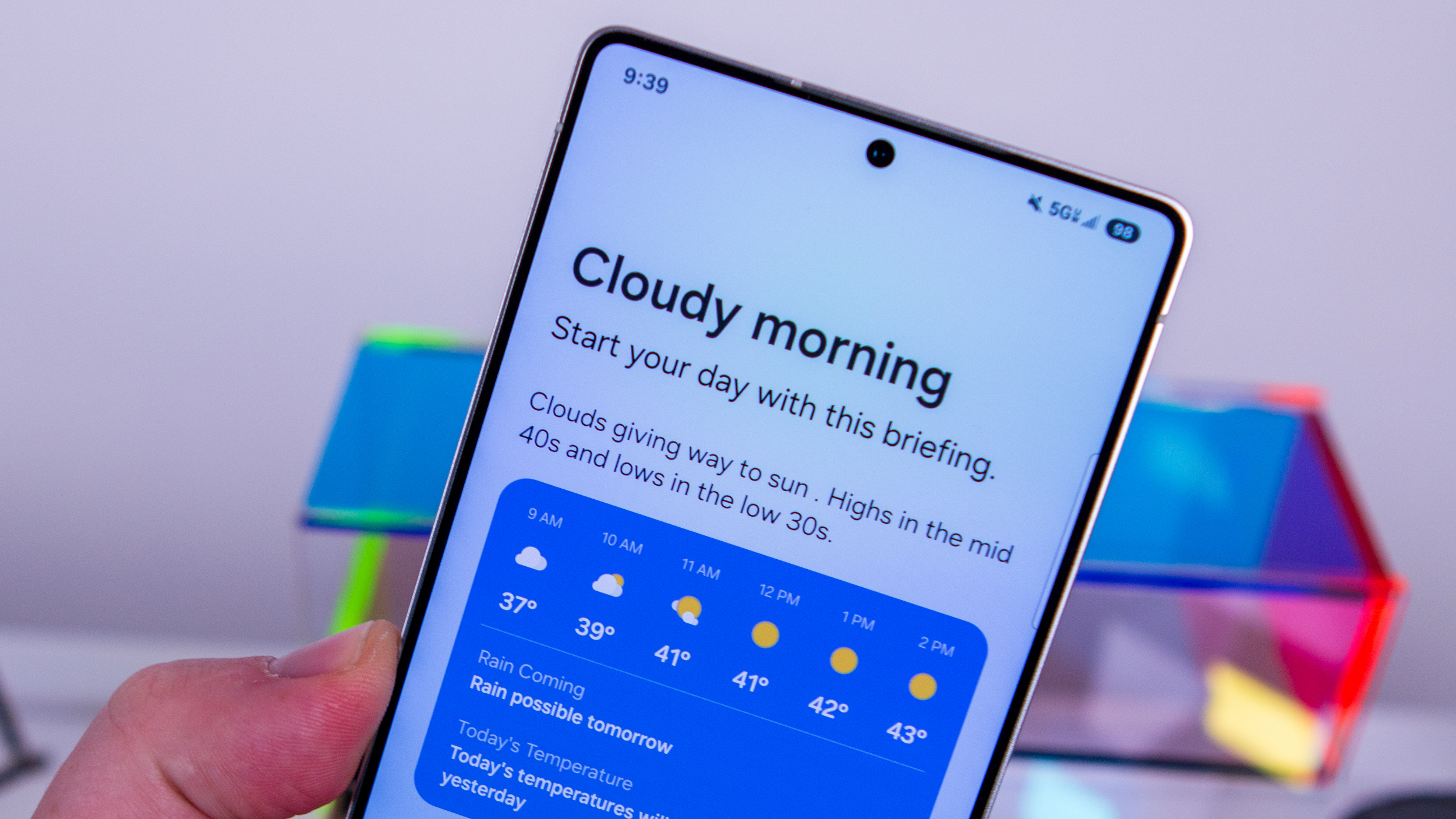When it comes to carrier networks, compatible doesn't mean good

'You keep using that word. I do not think it means what you think it means'
T-Mobile is certainly making a splash on the U.S. carrier scene lately. And if you believe even half of what you read on places like Google+ and Twitter, a lot of folks are considering switching from where they are now to the John Legere dog-and-pony show. For some folks that will work well, for others not so much. All we can say is to check things out very well before you do anything permanent, and to remember that T-Mobile loves your money more than they love you — just like the rest.
But right now, we want to talk about the networks and what it takes to be fully "T-Mobile compatible." When the Google Play edition Moto G was announced, Google said it was T-Mobile compatible. It's right there on Google Play in the footnotes even. The Galaxy S4 Google Play edition says the same thing in the footnotes on its page, too.
But these two phones will act very different for most T-Mobile customers. We mentioned network support when we told you about the GPe Moto G the other day, but we want to take a few minutes and explain how all this mess works.
We're not talking about LTE, or the lack of it on the Moto G. We're talking the difference between 21Mbps HSPA (or higher) 3G and EDGE. You see, compatible doesn't mean "good."
For a phone to properly operate on T-Mobile's HSPA network — the fast 3G or faux 4G network that T-Mobile is known for — the device needs to support the correct bands in the radio. Look at the detailed specs of the Google Play edition Moto G and HTC One versus the Galaxy S4, and you'll find the network support section. The Galaxy S4 reads 850, 1700, 1900 and 2100 MHz for "3G", while the Moto G and HTC One read 850, 900, 1900 and 2100 MHz.
The missing 1700 on the Moto G and HTC One makes all the difference.

For a phone to support fast 3G (technically, EDGE is still 3G) on T-Mobile in most of the U.S., it needs to have both 1700MHz and 2100MHz support.
Be an expert in 5 minutes
Get the latest news from Android Central, your trusted companion in the world of Android
For a small but growing portion of users where 1900MHz spectrum was repurposed from EDGE to HSPA by T-Mobile, this won't apply. But once you leave any of those areas — find them here — you'll be stuck on the big E and have poor speeds. Technically, the phone is still compatible because you have a voice and data connection, but its a data connection that sucks. Nobody wants a network that sucks.
LTE support, while a different animal, is also something to consider. T-Mobile uses the 1700Mhz frequency on channels D, E and F. That's E-UTRA (Evolved UMTS Terrestrial Radio Access) Band 4 and is commonly known (by folks to whom this sort of thing is common) as AWS-1. If your phone doesn't support it, you won't get LTE on T-Mobile.
This isn't really new. We saw the same thing with the HTC One Google Play edition. Great phone on AT&T, great phone with a not so great network for most people on T-Mobile when they weren't in an area with LTE.
Until phones that can support every GSM/UMTS/HSPA/EDGE/LTE radio are invented, or something happens that makes all GSM networks interoperable on all frequencies, this is something we have to deal with. We're just here to try and give the heads up before you start putting money into anyone's cash register.

Jerry is an amateur woodworker and struggling shade tree mechanic. There's nothing he can't take apart, but many things he can't reassemble. You'll find him writing and speaking his loud opinion on Android Central and occasionally on Threads.
